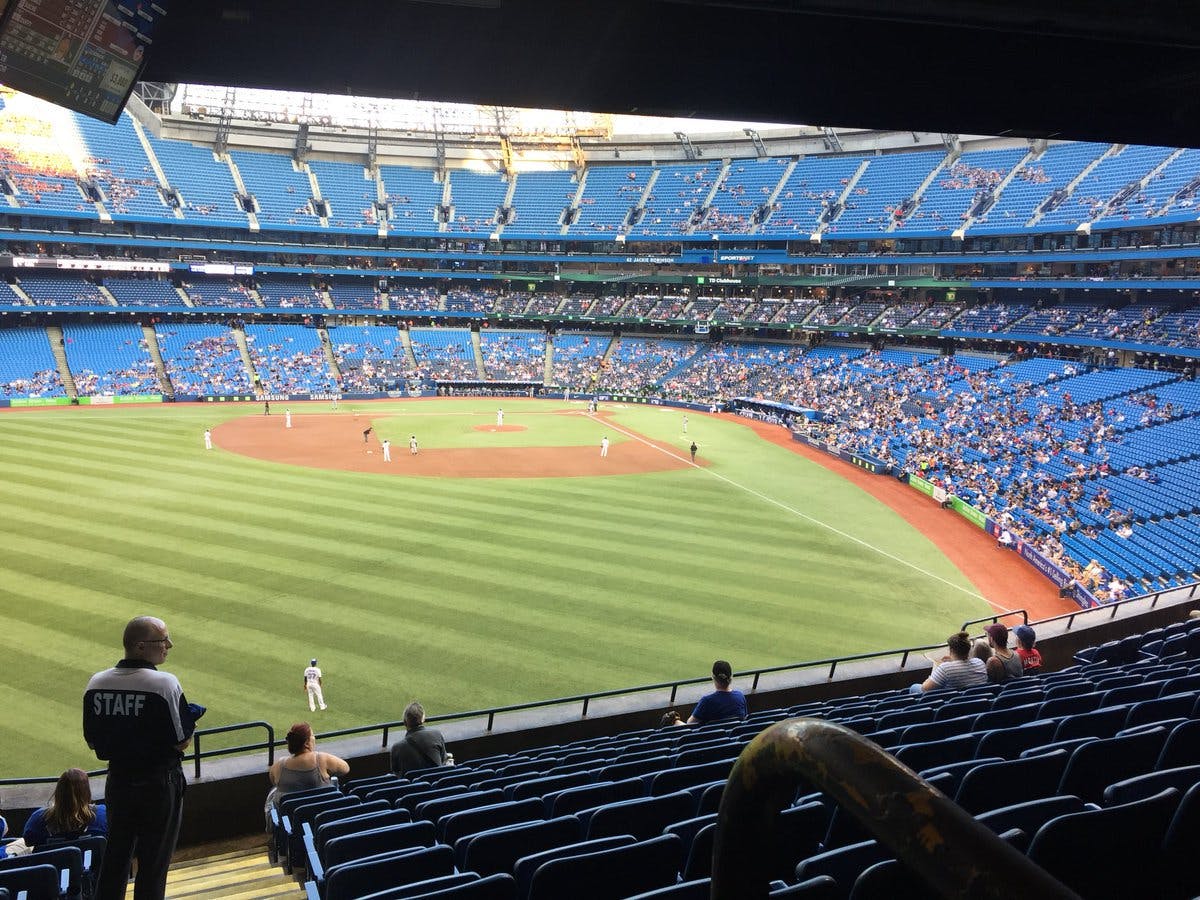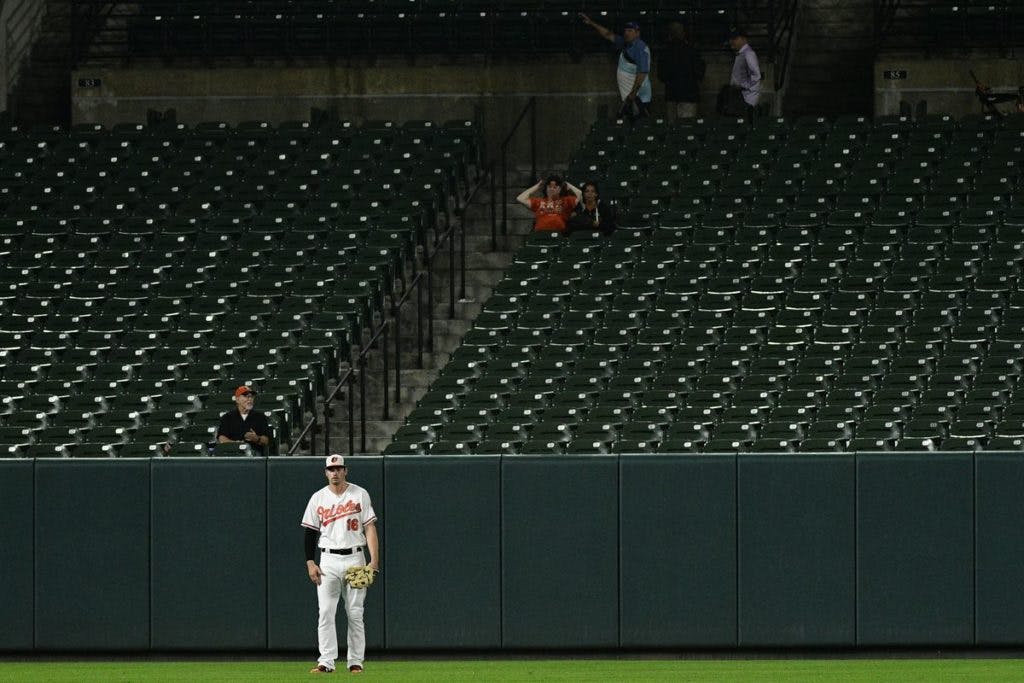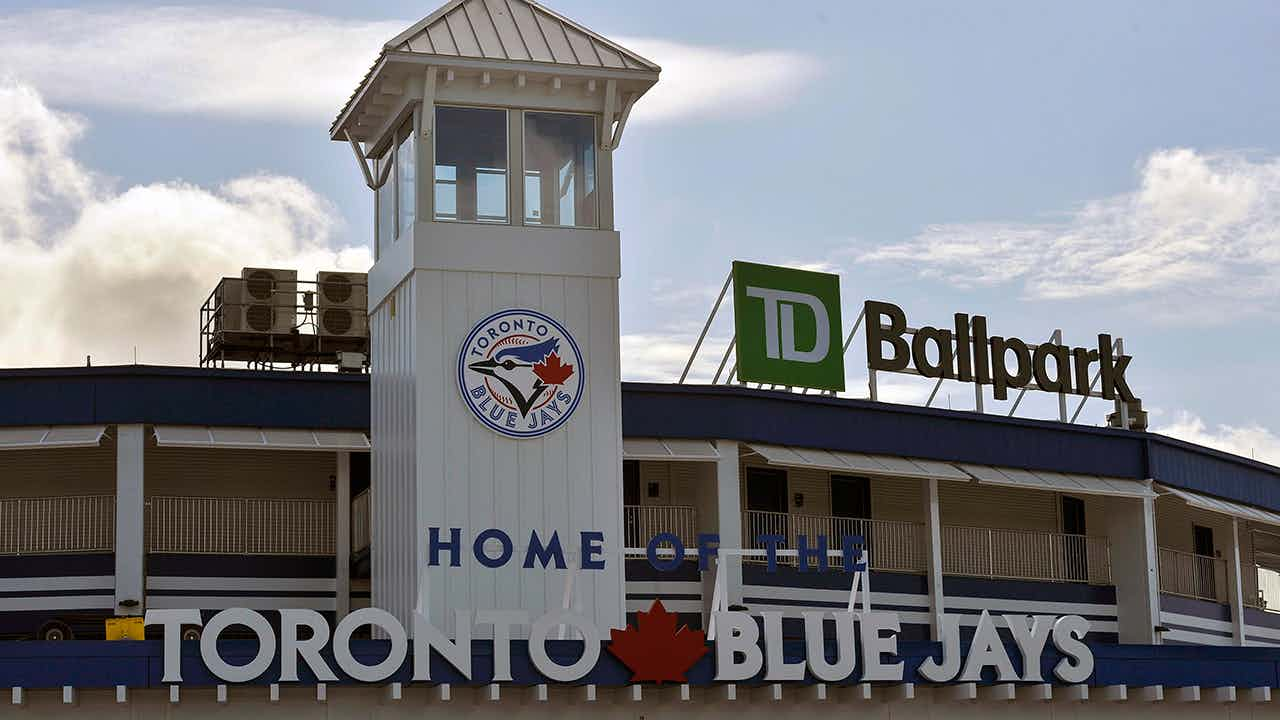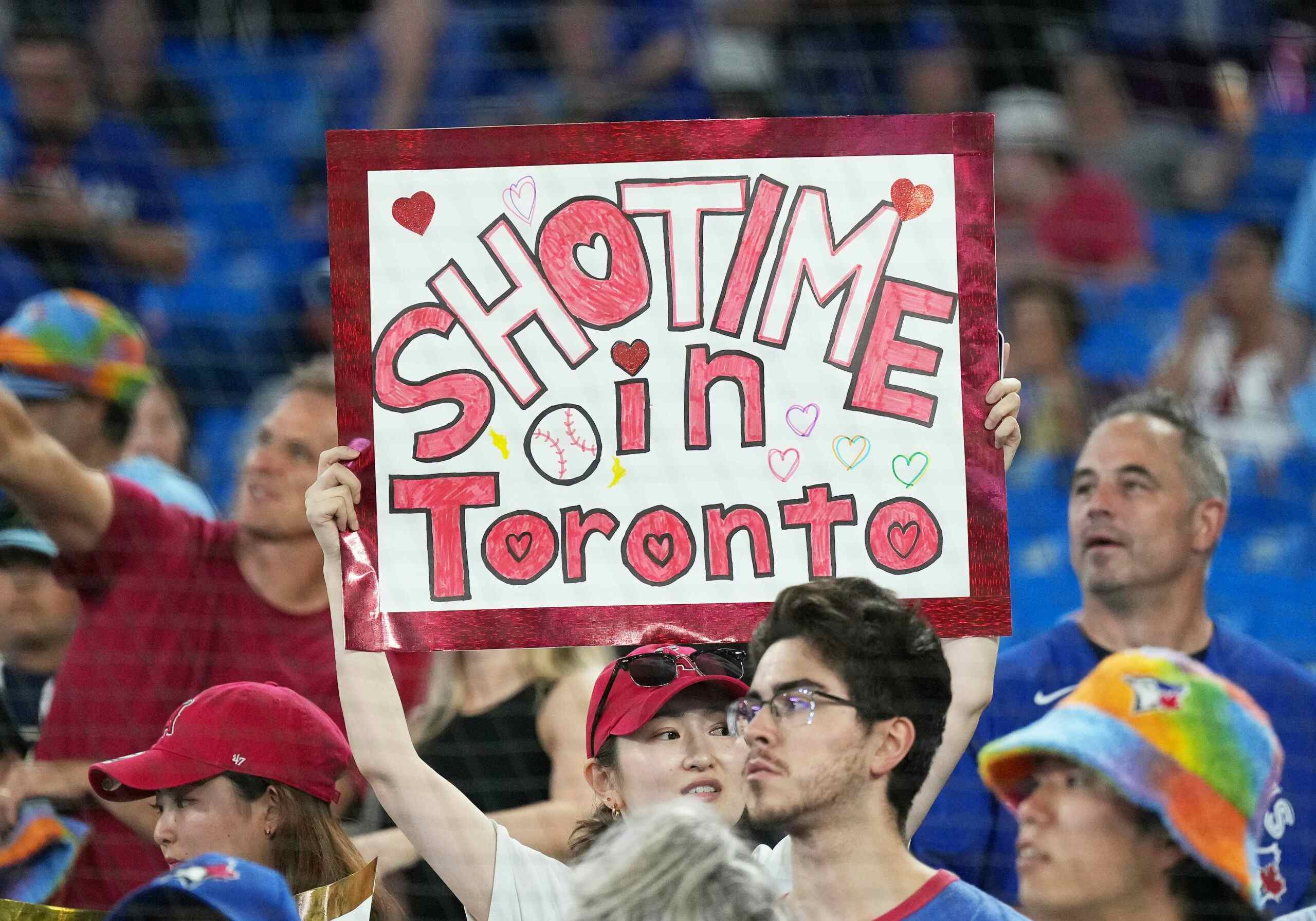20 Things: Nobody wants to watch a loser

By Cam Lewis
4 years agoWelcome to Blue Jays Nation’s Season In Review. Instead of doing boring-ass, standard player-by-player reviews or handing out some arbitrary report cards, I’m going to talk about 20 things that are on my mind heading into 2020. Today, we have the attendance issue.
Major League Baseball is struggling with an attendance epidemic and the Toronto Blue Jays are right in the middle of it.
For the second-consecutive season, the Blue Jays saw the biggest decline in average attendance in baseball. In 2017, the Jays averaged 39,554 fans per game. In 2018, that average dipped down to 29,066 fans per game. In 2019, it dropped again, this time, all the way down to 21,683 fans per game. Over the course of two years, the Jays saw their average fan turnout nearly cut in half.
This is a pattern we’re seeing all around baseball. According to Eric Fisher of Sports Business, MLB had its worst total attendance figure in 16 seasons. The total attendance for 2019 was 68.5 million, which represented a steep 1.7 percent decline from 2018. It also represented the sixth time in seven seasons that MLB saw a decline in attendance from the previous year.
While many people in decision-making positions are stressed out about things like the pace of play and ensuring everyone gets in and out of the stadium as quickly as possible, the real issue at hand here is quite obvious. Nobody wants to watch a loser.
Take a look at the teams who didn’t have issues selling tickets this season. The Dodgers, who set a franchise record with 103 wins, averaged 49,066 fans per game. Dodgers fans might not show up until the fourth inning because traffic in L.A. is so bad, but I can tell you with confidence those people don’t care about how quickly the game goes by. They want to see the Dodgers win, and they know when they drop cash on tickets, there’s a very good chance they will.
Right behind the Dodgers were the Cardinals, who won the National League Central, Yankees, who won the American League East, and the Cubs, who were right in the mix of the wild-card race. Some outliers up there are the Rockies and Angels, who were bad, but averaged about 37,000 fans per game.
While those two teams are poorly managed and their results reflected it, they both boast large payrolls, which indicates that they’re actually trying to win. The Angels shelled out cash to keep Mike Trout around forever. The Rockies opened up their chequebooks to keep around Nolan Arenado and Charlie Blackmon. Their fans rewarded them.
The teams at the bottom of the attendance chart, for the most part, reflect teams who gave up this year.

In the bottom third of the league in attendance are the Marlins, Rays, Orioles, Royals, Pirates, Tigers, Athletics, Clevelanders, White Sox, and Blue Jays. Tampa Bay and Oakland, who will square off in the American League wild-card game, are outliers, but the other eight teams pretty much waved the white flag at the beginning of the season.
The Marlins, Orioles, Royals, Pirates, Tigers, White Sox, and Jays are all junk-ass teams going through a rebuild at the exact same time, putting virtually zero emphasis on trying to be even sort of good in the meantime. Cleveland is close enough that if their ownership invested more cash, they could probably push for a deep playoff run. Instead, they shrugged their shoulders and hoped for the best. Their fans responded accordingly.
Each off-season, we move more and more away from teams going hard in the marketplace to make their teams better. Rather than adding players to, you know, win baseball games, everyone is doing the internal build strategy, obsessing over control years and wins-per-dollar. This issue is most aggravating because nobody really seems to care about changing it.
Despite fewer and fewer fans coming out to games, Major League Baseball still has a license to print money. Remember that year-after-year attendance drop that’s been going on for the better part of the last decade? Well, it resulted in MLB posting a record-setting revenue in 2018. The league and its franchise owners are still raking in cash from massive television deals, new streaming deals with social media services, and a wealth of corporate sponsors who want their name attached to America’s pastime.
Why then, if you owned a Major League team, would you want to spend a bunch of cash in free agency to be successful? Instead, you can build internally, eventually get good with a bunch of cheap players, and rake in cash through non-ticket sources all while subsequently driving down the cost of a free agent in the process.
But this can’t keep working forever. There aren’t going to be massive TV and streaming deals if nobody is watching baseball because only five teams are trying to win. There aren’t going to be corporate sponsors handing out dollars to have their logos everywhere if there’s nobody in the stadium because fans don’t want to watch the ninth year of a rebuild. Owners have to live up to their end of the bargain, which is giving consumers a reason to, well, consume.
Beyond the inevitable decline in attendance that stems from so many teams giving up at the same time, there’s also bound to be a decrease in viewership and interest on television and streaming platforms. This year we had, like, six teams actually trying in the American League. The Red Sox, one year after their most successful season in franchise history, fired their general manager for spending too much money. If fewer and fewer teams are trying to compete, we won’t have interesting races down the stretch. There won’t be a reason to tune in until the playoffs if everyone has their playoff spot locked up in August.
Over the course of two years, roughly 18,000 fewer people on average are showing up to Rogers Centre. If the Blue Jays don’t put forward, at the very least, a modest effort to improve this off-season, that attendance number is going to shrink again. They don’t need to go out and sign Gerrit Cole and Anthony Rendon (though, that would be really great if they did!) in order to generate interest. Even having the off-season that Minnesota did last year would be enough.
But until the team proves they’re going to produce an even sort of worthwhile product, there’s no sense in fans wasting their money.
Recent articles from Cam Lewis





